- Antipasti
- Bella Italia
- Dessert
- Drinks
- Favorite Italian recipes
- Main courses
- Pasta
- Pizza
- Side dishes and salad
- Tips & Knowledge
Little bacon school: Colonnata and Guanciale
The Colonnata Speck bears the name of a small mountain village located in the high mountains of Tuscany, more precisely in the heart of the Carrara marble center. The fine white marble from which Michelangelo carved his David is quarried here in imposing quarries between the jagged mountain ridges.
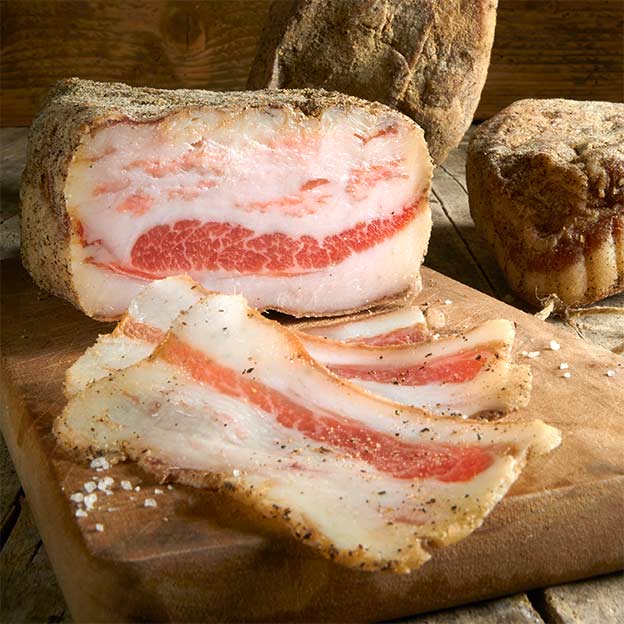
What do Michelangelo’s David and Colonnata Speck have in common?
The Colonnata Speck bears the name of a small mountain village located in the high mountains of Tuscany, more precisely in the heart of the Carrara marble center. The fine white marble from which Michelangelo carved his David is quarried here in imposing quarries between the jagged mountain ridges.
However, the precious marble has other capabilities too. Since ancient times, traditional methods have been used to produce the uniquely delicious colonnata, the succulent bacon with its unique, sweet aroma.
First cut the bacon into coarse, square pieces and rub them vigorously with a dark spice mixture of salt, bay leaf, sage, juniper, nutmeg and garlic.
The herbed, salted pieces are then placed layer by layer in large basins carved from Carrara marble and weighted down with marble slabs for the maturing period. The microclimate of the porous marble makes the speck a delicacy.
You can recognize good Colonnata lardo by its white, slightly pinkish color. It tastes sweet and salty and is reminiscent of the aroma of walnuts. Its consistency is firm and at the same time delicately melting.
In Carrara, bacon was literally part of the daily bread for quarry workers for centuries. Today, gourmets discover how delicious fresh bread tastes with thinly sliced colonnata or a crema di lardo.
Oh, you cheek – The Guanciale
Guancia means “cheek” in Italian. Guanciale is therefore bacon made from the pig’s cheek. It is produced throughout Lazio, the region around the eternal city of Rome. Traditionally, the pieces of bacon, which weigh several kilos, are salted in winter together with various spices, sometimes hung in the chimney smoke to dry and then left to mature in the air until the following year.
Guancialeis a streaky bacon with a red, white streak. Sometimes it is also pink in color. The many spices and smoke give it a strong and spicy flavor.
So it’s no wonder that diced, crispy fried guanciale provides the traditional seasoning for Italy’s most famous pasta dishes: Spaghetti alla carbonara and spaghetti all’amatriciana are unthinkable for Italians without guanciale!
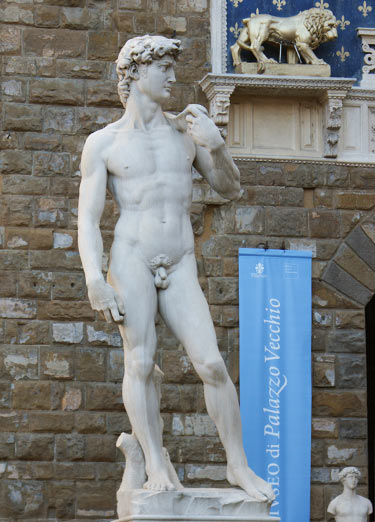
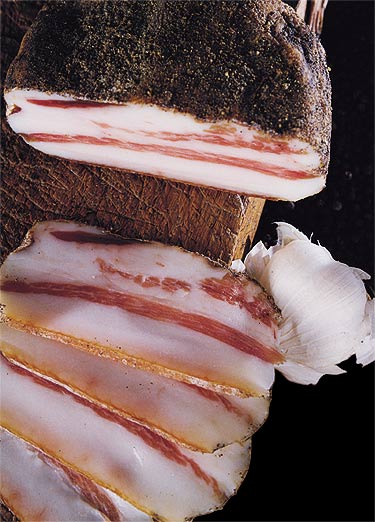
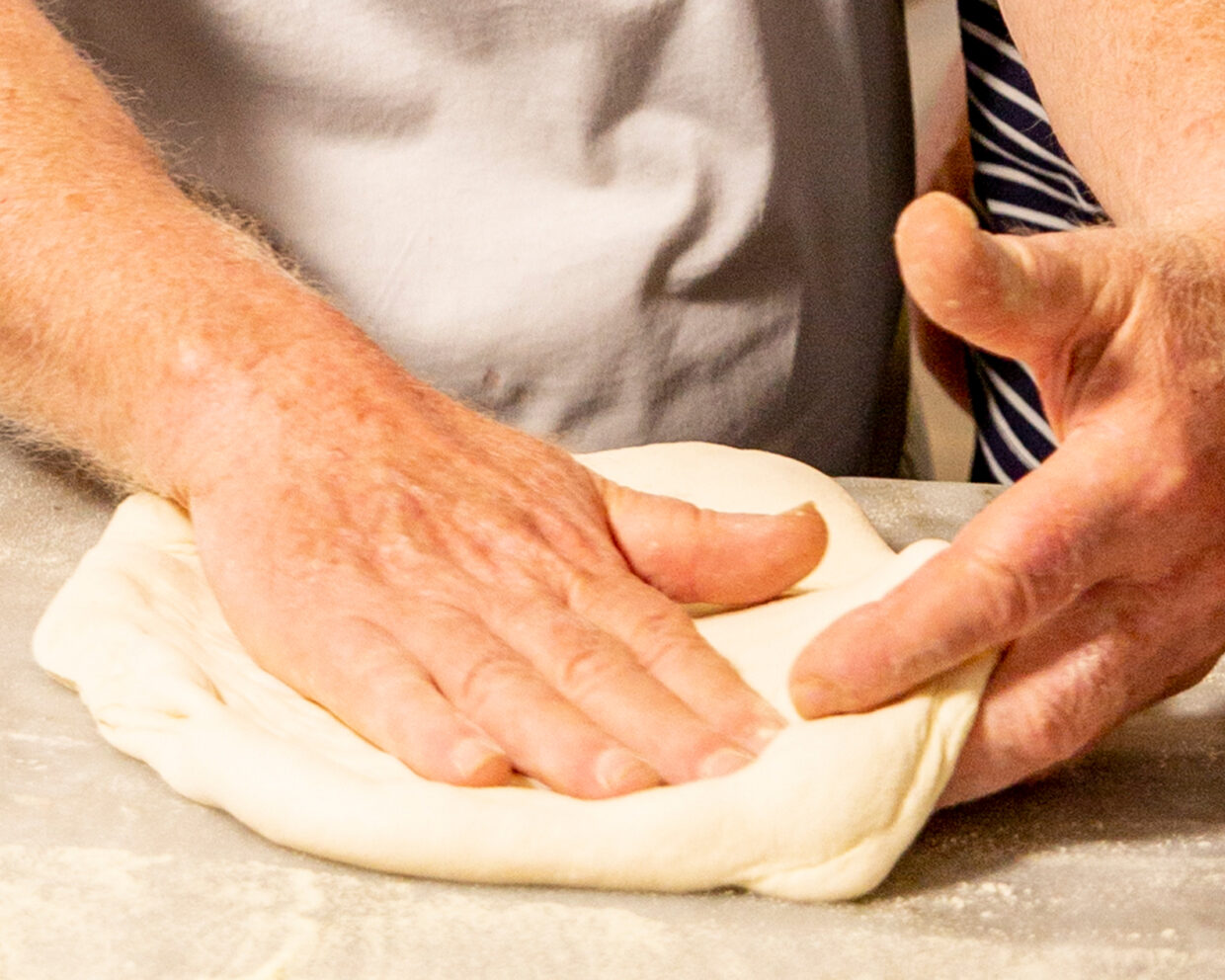
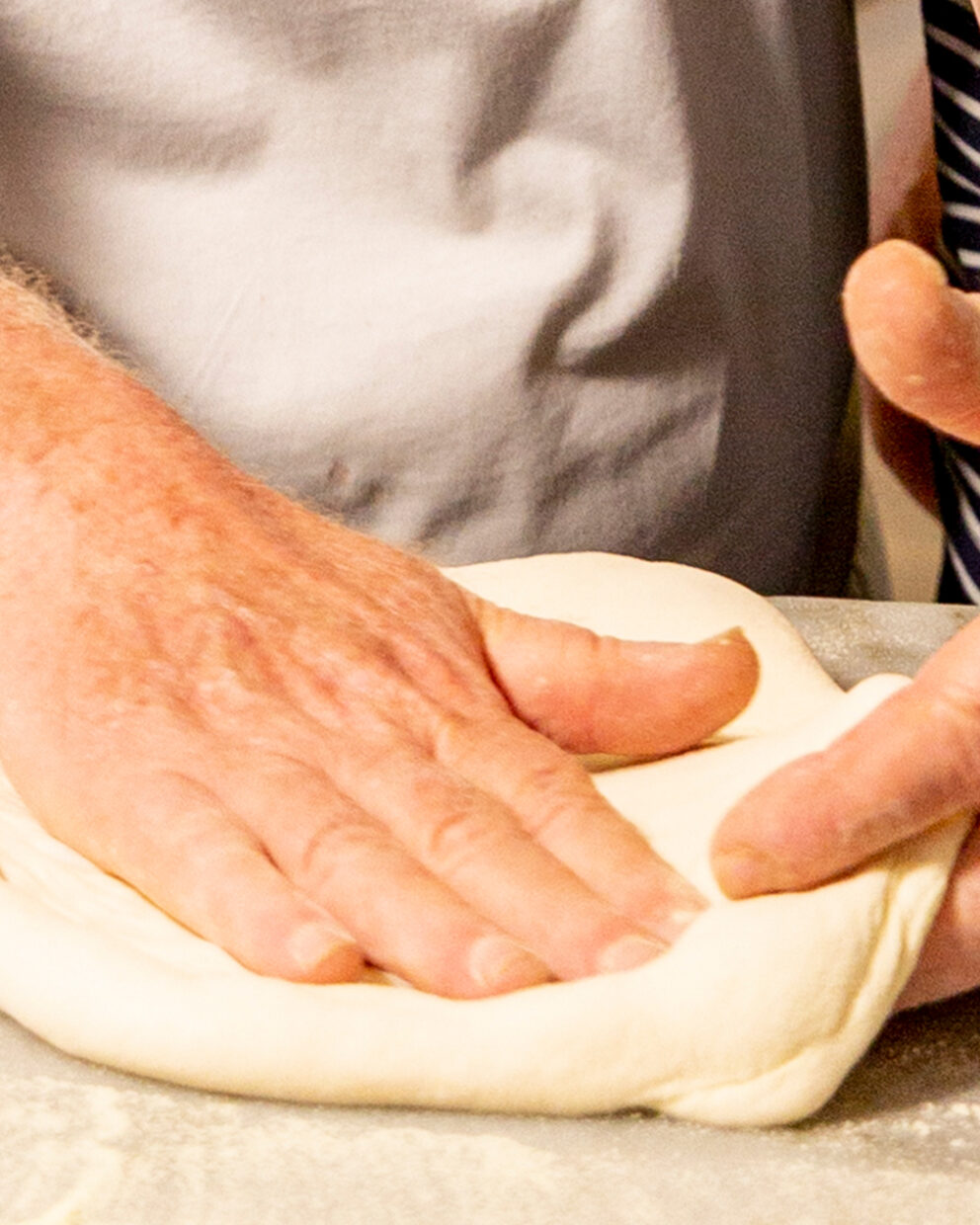
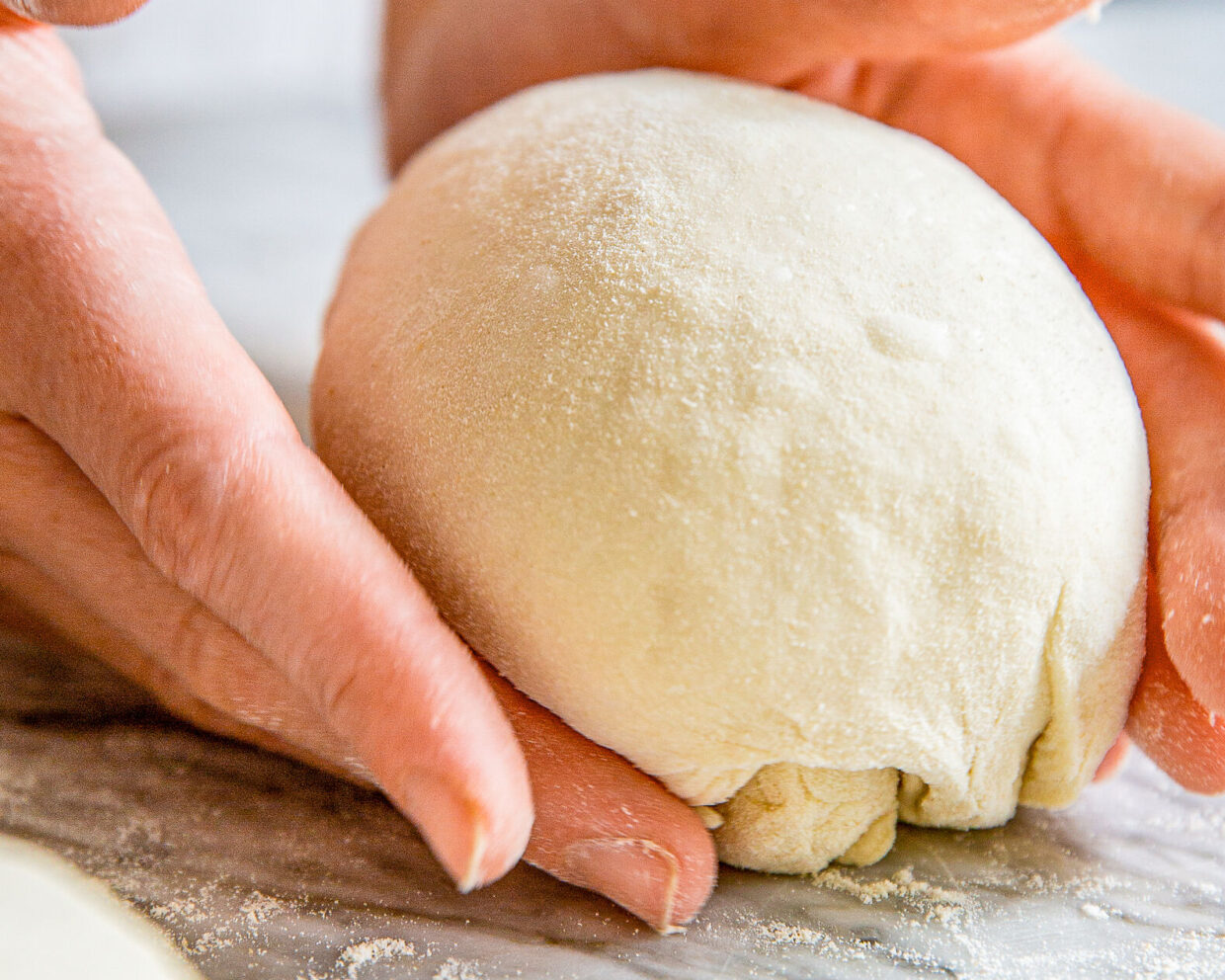
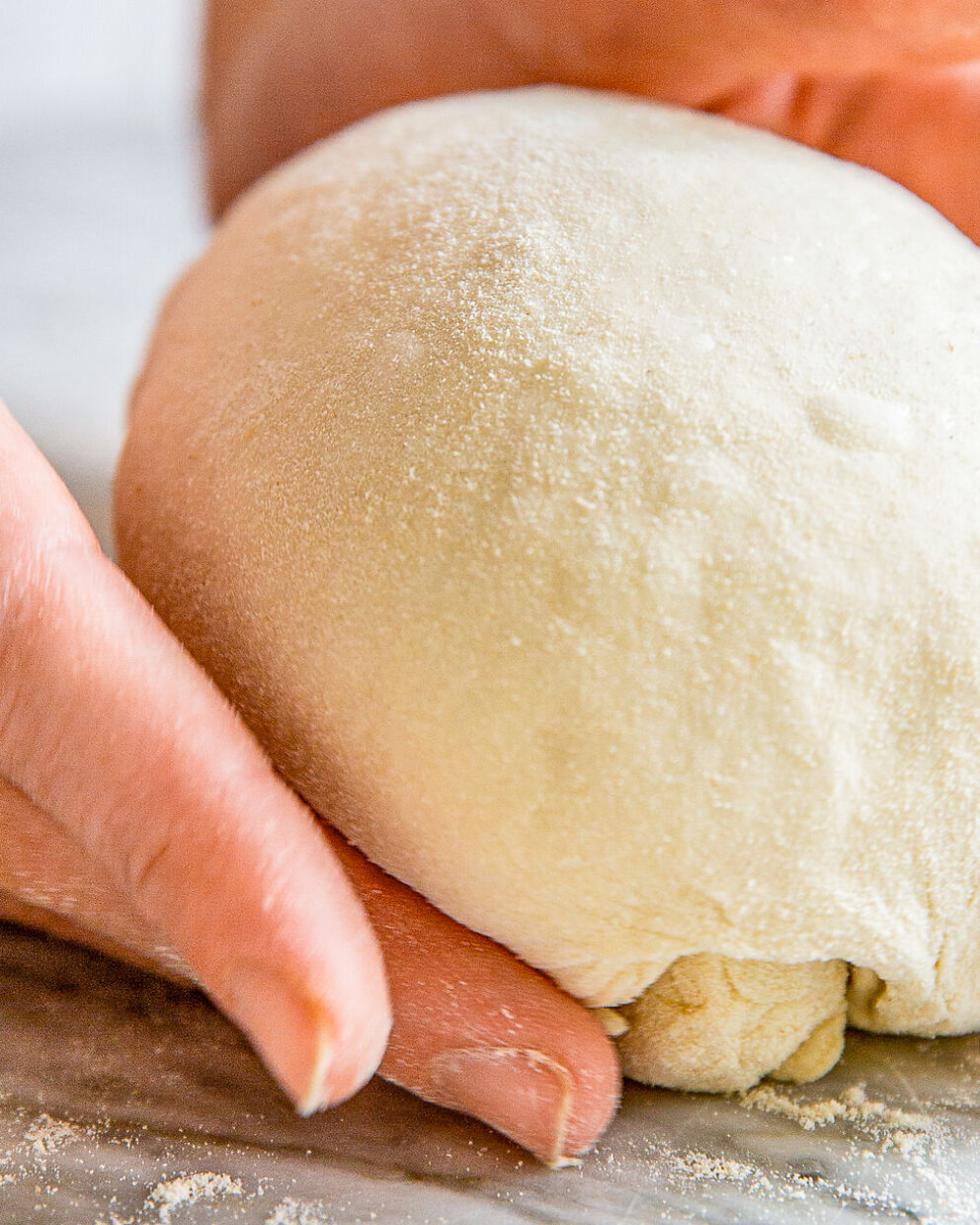

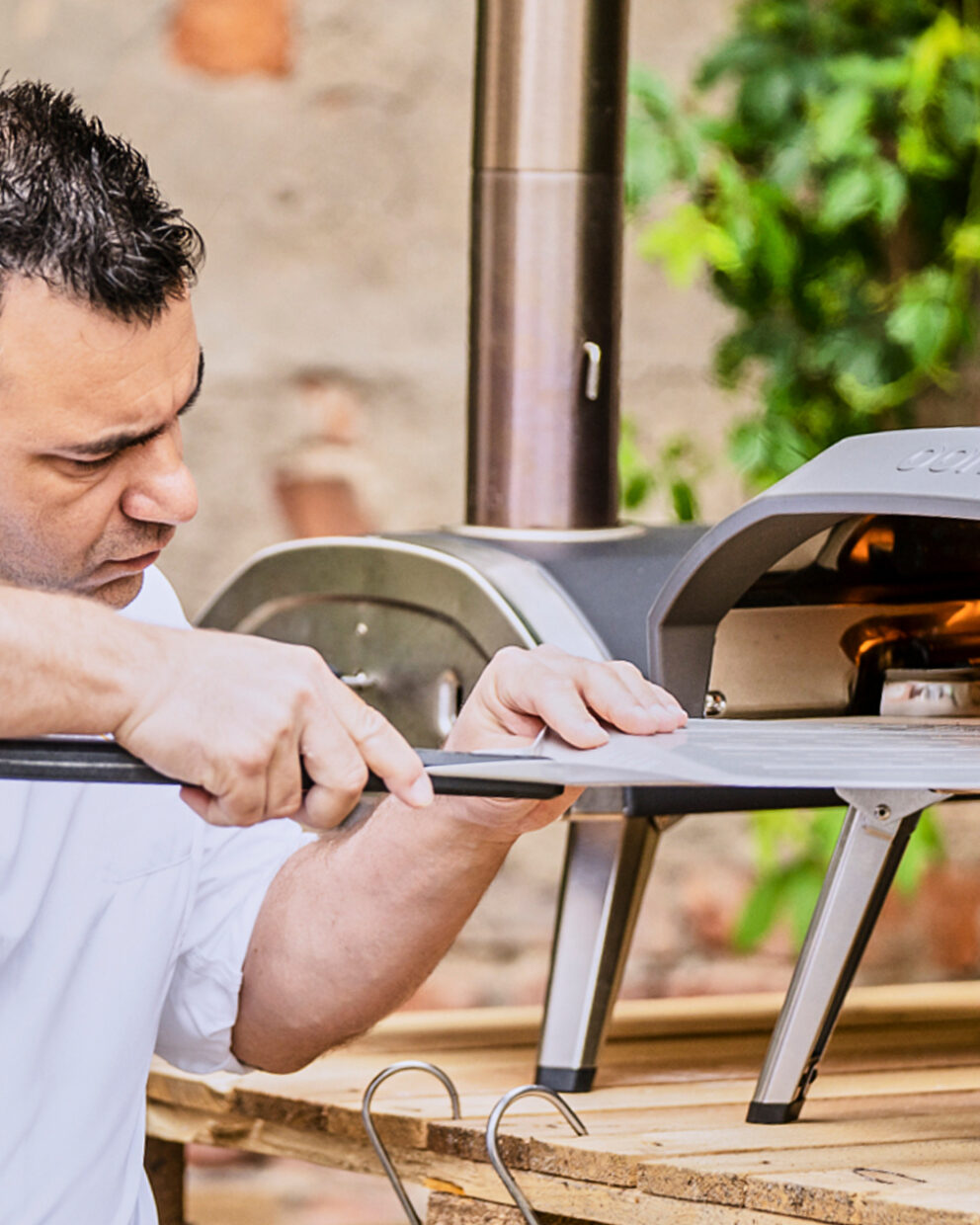


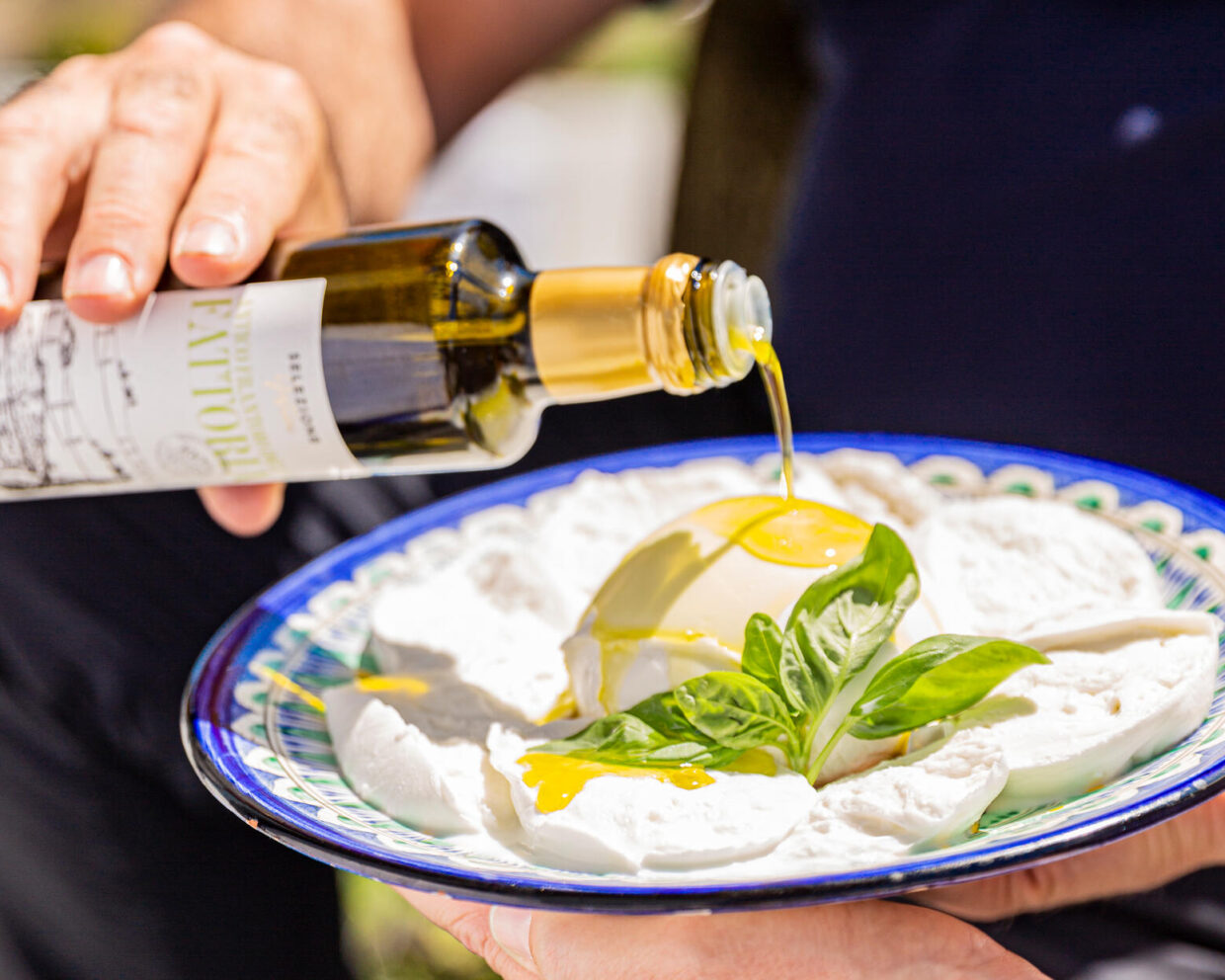
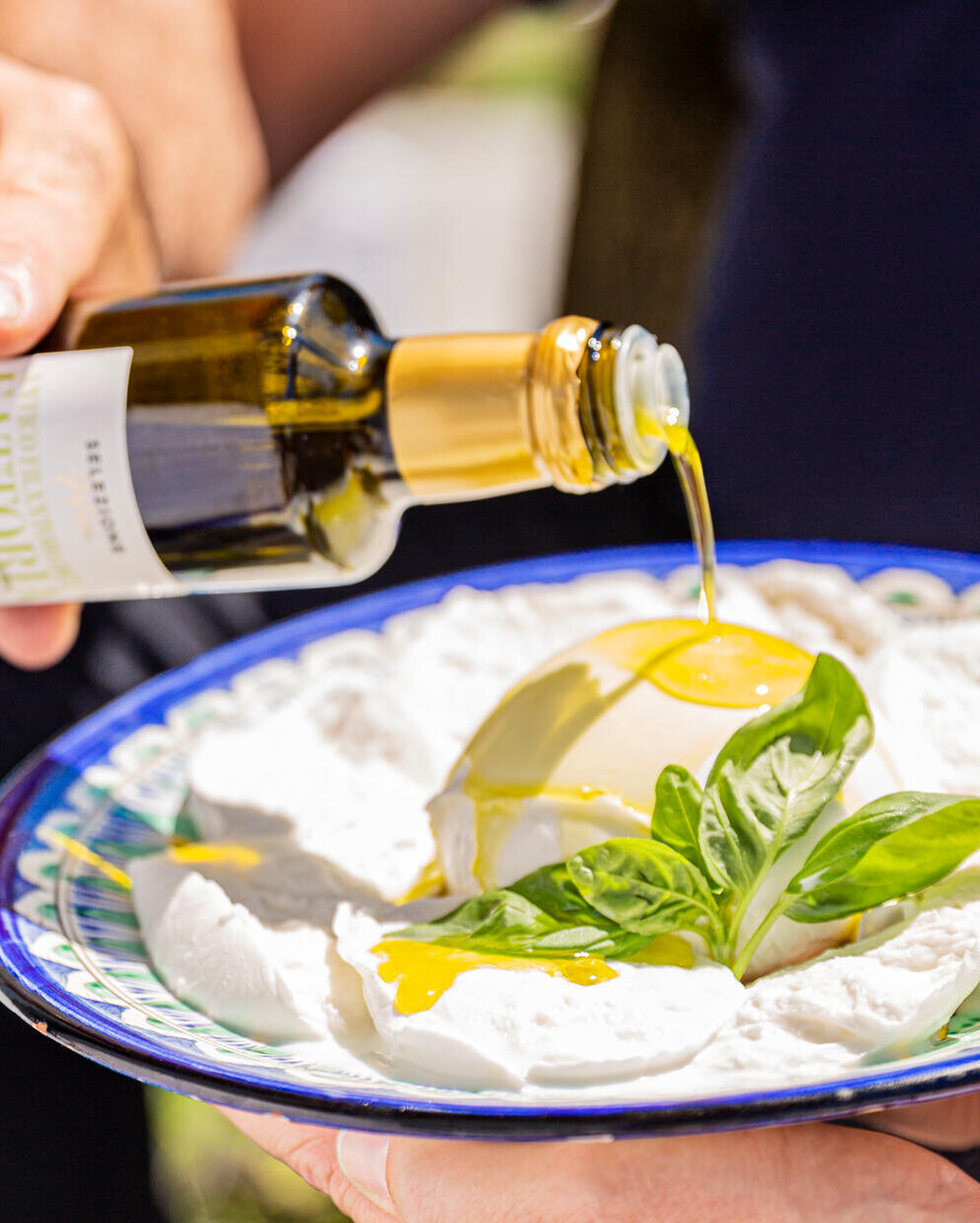


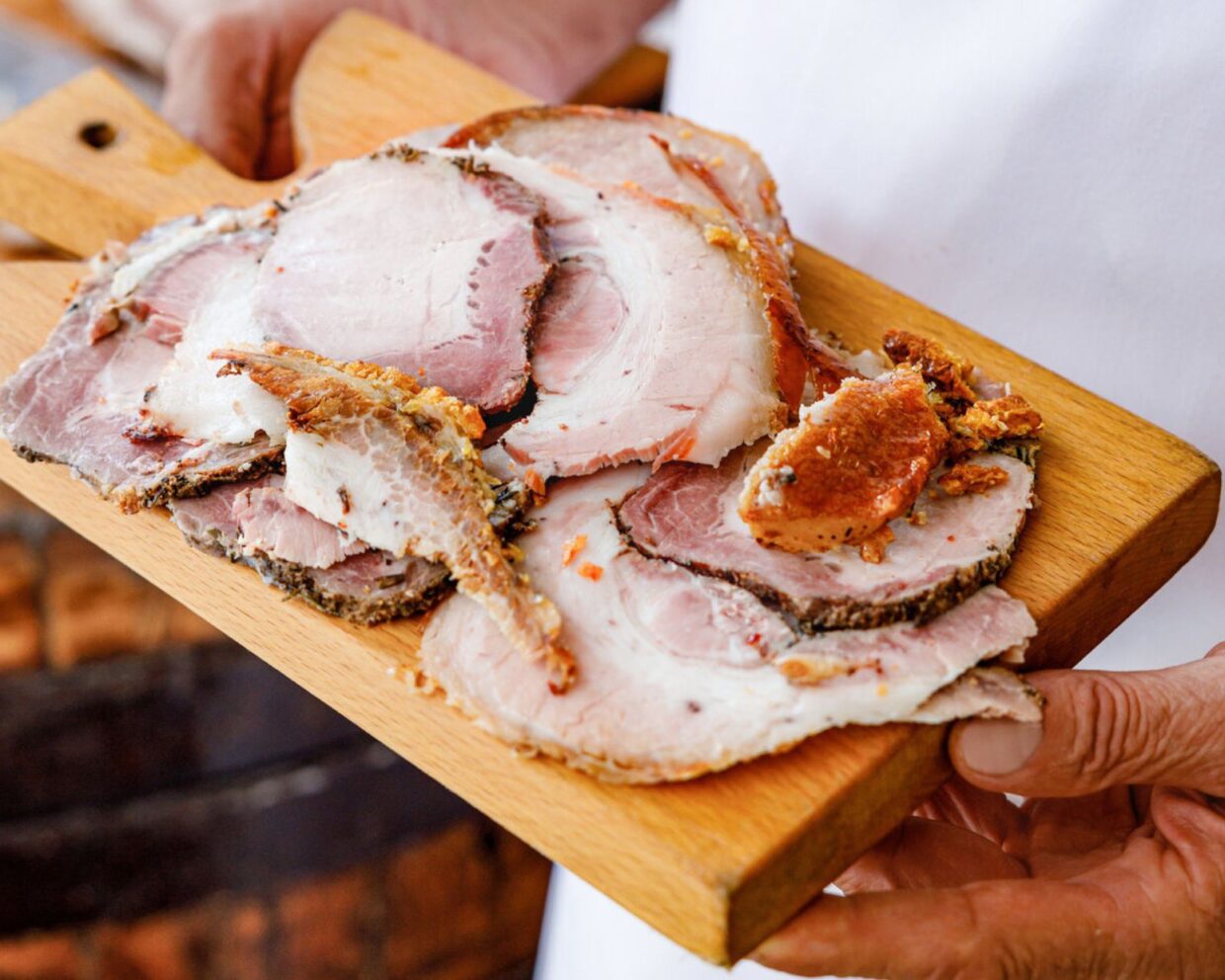
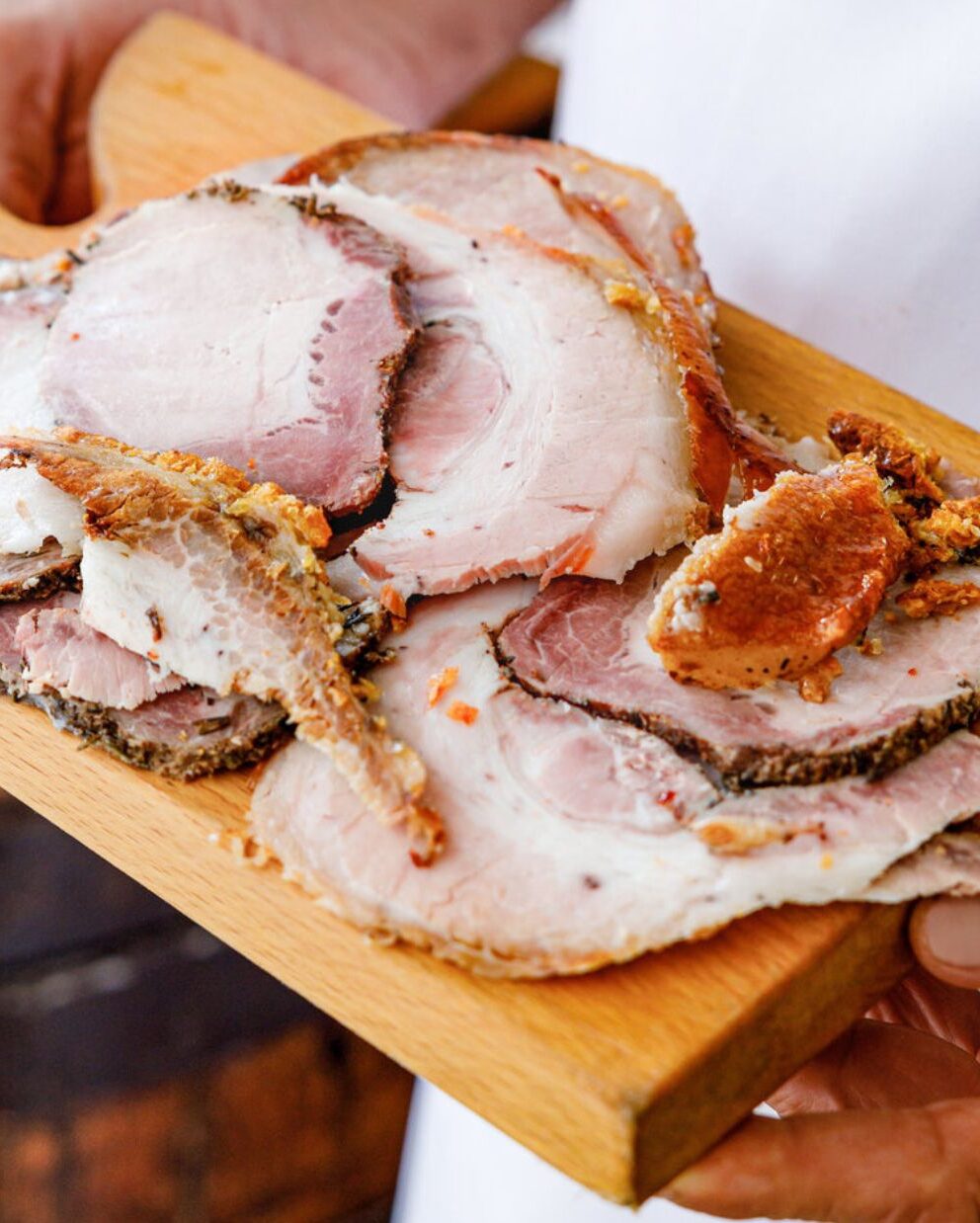




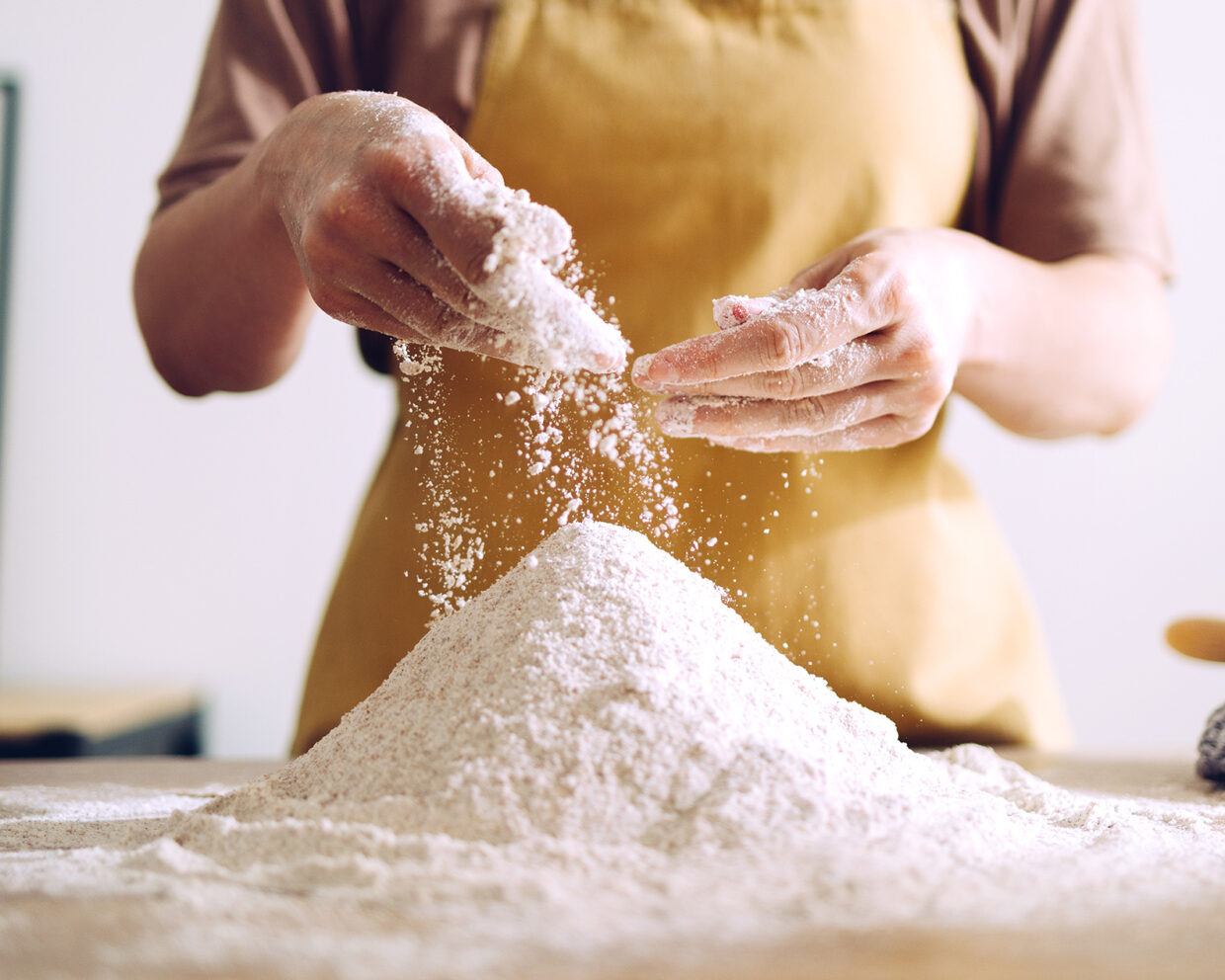
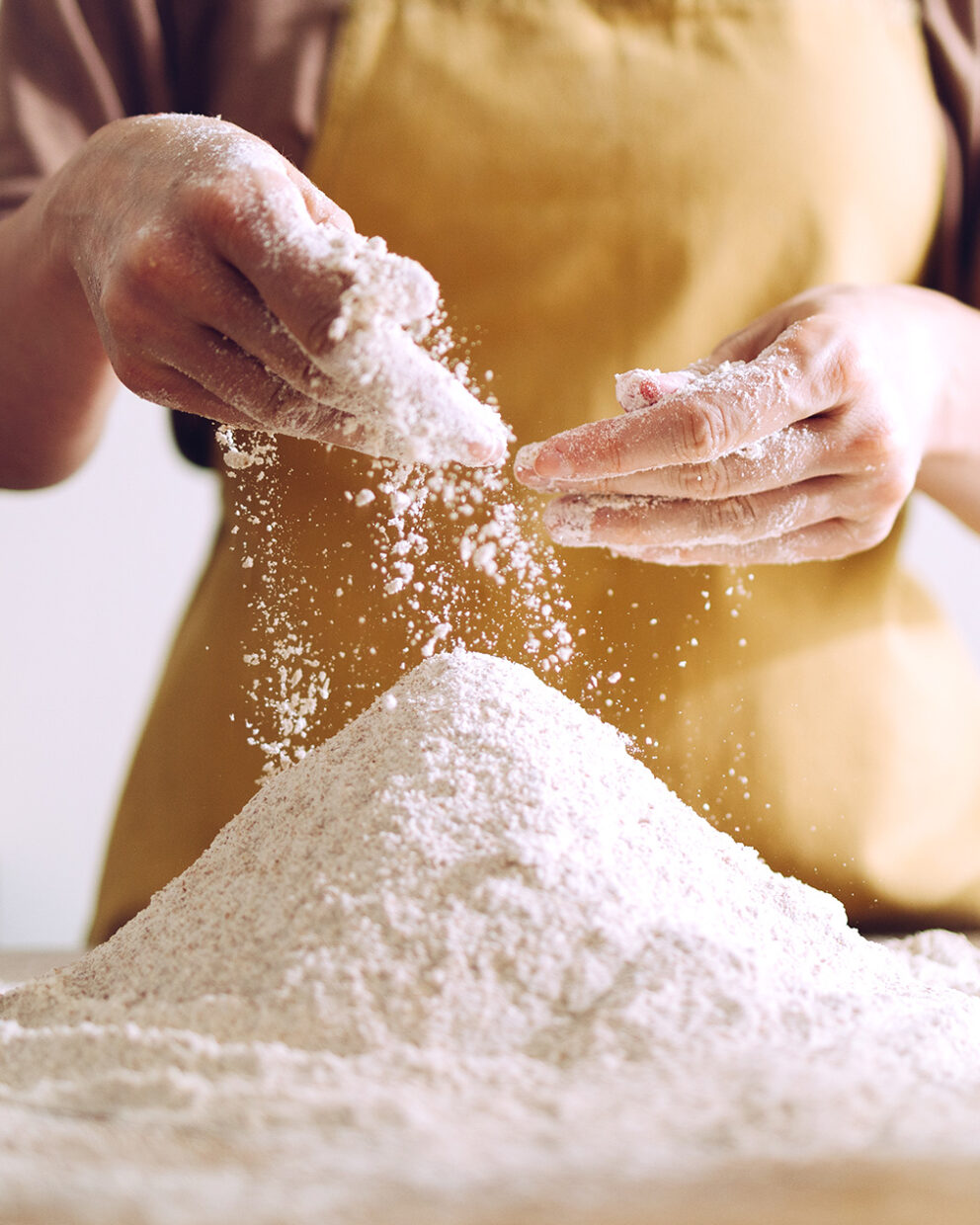
Want to share your thoughts? We're excited to hear what you think of the article. Tell us about your ideas, tips or questions! Leave a comment and share your knowledge with the community. Your opinion counts.
Write a comment